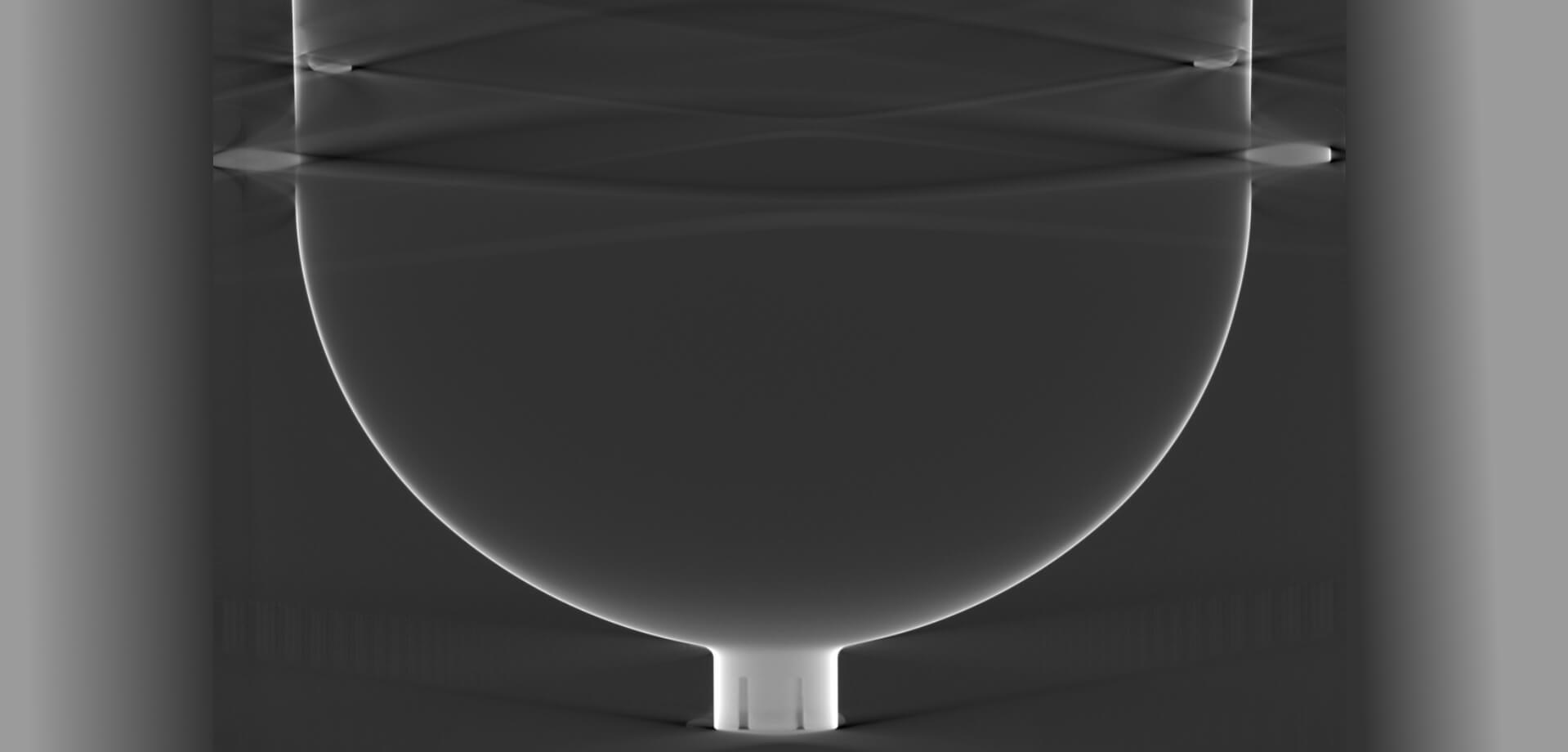3D printing, or, Additive Manufacturing (AM), has rapidly come to prominence as a valid and convenient alternative to other production techniques. The enormous potential of this technology is thanks to a growing body of evidence of its advantages in terms of lead-time reduction, design flexibility and capability, and reduced manufacturing waste not only potential but very much real. Metal AM techniques can be categorised based upon the form of the material they use (powder or wire), the heat source (laser, electron beam, or electric arc), or the way the material is delivered (pre-placed bed, or direct feed). Each of the metal AM technologies, given its particular properties, is best suited for specific applications. For example, the selective laser melting of a pre-placed powder bed yields precise, net-shape components that can be very complex in design. However, their size is limited, the cost is high, and build rates are low. In contrast, the Directed Energy Deposition (DED) processes can build near-net-shape parts, at many kilograms per hour, and with potentially no limitation to a components' size. To date, most of the work in wire-based DED has been carried out at Cranfield University, where a 6m-long aluminium aero-structure was built in a few days. Research over the last 10 years has also proven the capability to make large titanium parts in a timely manner (weeks instead of months) and with much reduced cost (up to 70% cheaper than machining from solid), resulting in a tremendous industry pull.

Wire plus Arc Additive Manufacturing
Benefits of this technology
